The key dates in your filing is the date you actually file your case. That is actually considered the dates that the order for relief is granted. According to US Courts, from that moment on, you are protected from your creditors. They can not call you, sue you, harass you or garnish you from the moment you file your case.
So, for example, say you are facing a foreclosure. If you file bankruptcy before that, it immediately stops the foreclosure, even if you file the night before the foreclosure sale is scheduled. The same thing will happen if you have got a garnishment pending or if there is a lawsuit pending. Any of those things gets stopped immediately from the time that you file for bankruptcy.
After you file bankruptcy, there is a hearing set up. It is called the first meeting of creditors, or sometimes called the 341 meeting. The reason it is called the 341 meeting is that there is a section in the bankruptcy code that talks about the first meeting of creditors being required. Generally, people are very nervous for those meetings. The biggest surprise most litigants have is how quick and easy those hearings are. They are generally very superficial because much of the work in the bankruptcy has actually handled behind the scenes by both parties. You will communicate directly with the Office of the Trustee to exchange documents and provide them information about your financial circumstances.
After that first meeting of creditors, there is generally a two-month waiting period that allows creditors or other parties of interest to object to you getting your discharge or object to a certain specific debt being discharged. They may also object to a certain piece of property being protected through the process. This is called a negative notice process.


